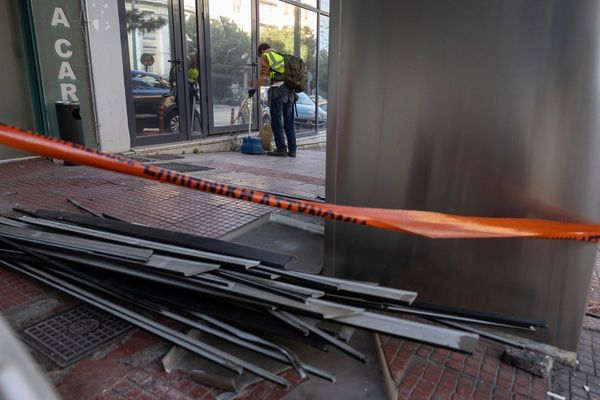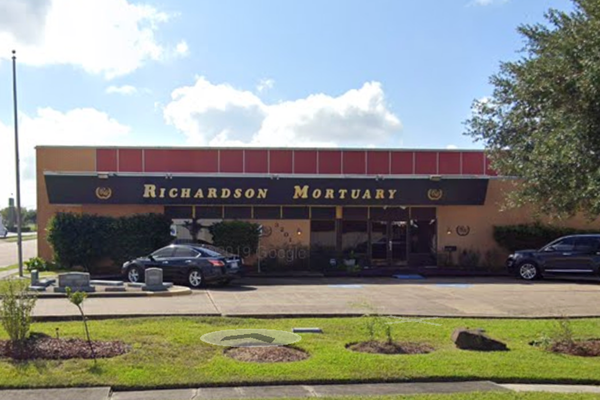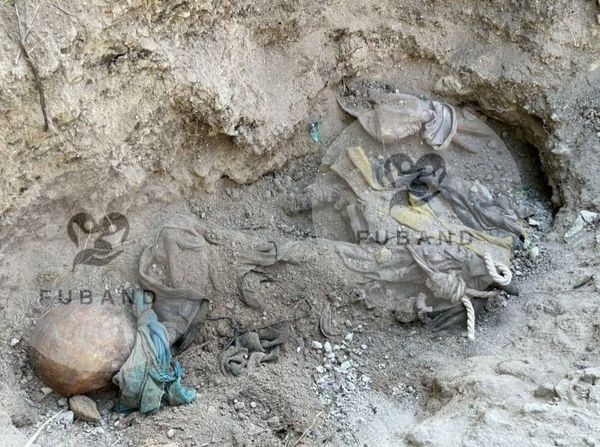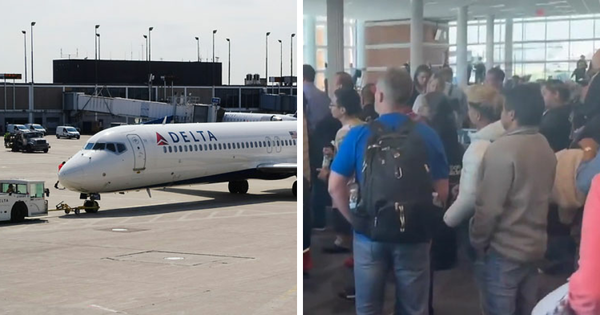
Help to Buy, the government’s shared equity housing affordability scheme, will come back to parliament this week. Is it the definition of insanity: doing the same thing over and over and expecting different results?
In September, the Greens and the Coalition teamed up to delay the bill in the Senate until November, leading to a flurry of speculation – egged on by Anthony Albanese – that the bill could function as a double dissolution trigger.
This week, the housing minister, Clare O’Neil, will reintroduce the bill to the House of Representatives as Labor continues to urge for it to be considered on its own merits, not as a means to advance other housing affordability demands.
The scheme makes it cheaper for first-timers to buy a home because the government takes a 40% stake in a new-build or 30% of an existing property.
But there is a catch: a single person can only get into the scheme if they earn less than $90,000; for a couple, they must earn less than $120,000.
The Greens will on Monday release new Parliamentary Library advice that examines the scheme’s merits, taking aim at O’Neil’s claim that it will help ensure that “home ownership, that great Australian dream … is still accessible to childcare workers, to nurses, [and] paramedics”.
Based on median full-time earnings, the library found that a paramedic (who earns $127,600), registered nurse ($112,900), or a primary school teacher ($105,000) “would not qualify under the Help to Buy singles threshold”.
For these professions, workers would have to be early in their career or working part-time to qualify, meaning they could have to buy back the government’s share as their earnings and hours increase.
An aged or disability care worker (earning, on average, $79,000) or childcare worker ($67,430) would qualify.
But if they were paying off a mortgage on a dwelling in a major capital city, for which the Help to Buy price cap can be below even the median price, the aged or disability care worker would be paying at least 48% of their income for a dwelling in Brisbane, 52% in Melbourne and a whopping 65% in Sydney.
The mortgage stress for a childcare worker would be even greater, with at least 56% of their income going to a dwelling in Brisbane, 61% in Melbourne and 76% in Sydney.
It’s fair to say these key workers would need to look for apartments, not houses, in the city, or dwellings in cheaper suburbs or the regions.
Arguably, these are exactly the sorts of people the scheme should be helping (low-paid, early career or part-time workers) with all the usual compromises that first home buyers have to make in Australia’s difficult housing market, only the goal is a little bit more achievable with government help.
But for the Greens, the advice underscores the pointlessness of the scheme.
“It is cruel and deeply dishonest for Labor to suggest their dodgy scheme will help teachers, childcare workers or nurses when the reality is they will either be completely ineligible or otherwise unable to afford the mortgage repayments under the scheme,” the Greens’ housing spokesperson, Max Chandler-Mather, said.
With the government so far ignoring the Greens’ demands about curbing negative gearing and the capital gains tax concession, the minor party has been sharpening its argument that it is not engaging in horse-trading but rather opposing a bad bill.
In the Senate inquiry report, Greens senators said that “in effect, all this scheme does is increase the purchasing power of a small fraction of renters, at the expense of the 99.8% of renters denied access to the scheme every year”.
At times, the Greens say Help to Buy is too weak to overcome the horrendous economics of what O’Neil herself says is a housing crisis; at other times, they say it is just strong enough to disadvantage other aspiring first homeowners.
There’s a similar tension in the Coalition’s dissenting inquiry report, which argues the scheme is “tiny”, that nobody will take it up because similar state schemes are undersubscribed but nevertheless “like all demand-side measures, there will be some inflationary impact”.
It can be hard to imagine the Goldilocks participant in the scheme: with income just low-enough to need and qualify for government help, but just high enough to service the rest of the mortgage.
But for those who get access, paying off a mortgage of about two-thirds the size, despite having the benefit of living in the whole house, seems a boon.
The Coalition and the Greens have decided to throw the kitchen sink at Help to Buy, with objections that capitalise on frustration about lack of affordability. The political debate has nothing to do with how many places there are in the scheme (10,000 a year), how many will be taken up, and the precise profile of participants. It has become a symbol.
For Labor, they are the blockers and we are builders. For the Coalition, home ownership should be wholly and solely for the individual not the government. For the Greens, only bolder solutions can help renters and begin to unwind poor affordability.
It remains to be seen how many times this clash of values will play out before we get more policy that does the one thing everyone says will work: increase supply.
Labor’s build-to-rent tax incentives do this to a very small extent. The Greens public property developer policy promises much but is attacked as implausible. The Coalition has hinted at carrots and sticks for states and councils to build, build, build but details are nonexistent.
After this week, let’s have no more fake fights about this one bill. Another push to legislate Labor’s 2022 pledge must eventually give way to new policies for 2025 and beyond.







